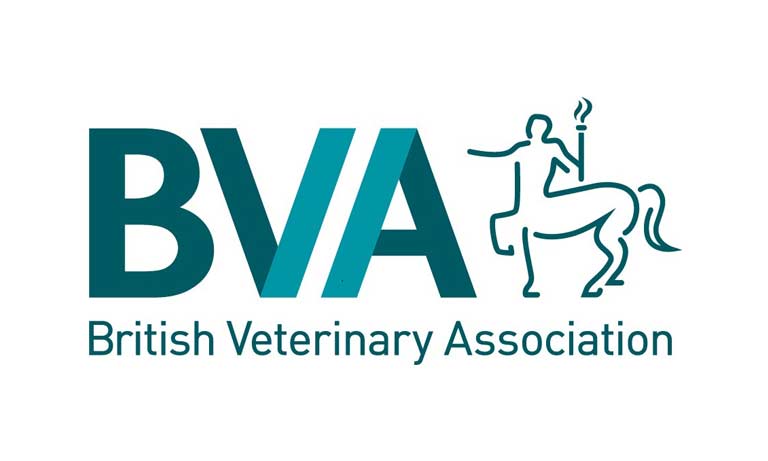Brucella canis: what vets need to know
14 Feb 2024
22 Sep 2019 | Melissa Donald
When you hear the words ‘our local Primary School would like a visit from one of you’ reverberating around the practice walls, it will either strike fear, loathing, or panic, or your hand will go straight up.

When you hear the words ‘our local Primary School would like a visit from one of you’ reverberating around the practice walls, it will either strike fear/loathing/panic* (*delete as appropriate) or your hand will go straight up volunteering yourself.
I have always found myself in this second group, possibly because mentally I relate to this age group far better that my own (act your age not your shoe size has often been mentioned to me).
Over the years I have developed my act, with fewer live props these days as lambs and puppies tend to cause teachers far too many bureaucratic headaches. My favourite prop is adding red food colouring to a 500ml IV fluid bag of either saline or refilled with tap water. The pupils love watching the red fluid go through the giving set ready for the cannula to be attached to some poorly stuffed toy in their vet surgery corner. But health and safety must always come first when you’re planning a careers session so:
The teacher will ask how you’d like to be addressed. I have always just been Melissa, but this can cause confusion amongst the younger children who are so used to addressing adults as Miss Smith or Mr Jones for example, so I have recently changed it to Dr Melissa.
If you are a local vet, you will possibly know many of the children already and they will be desperate to recount their experiences with you to the whole class. Be warned, these will mostly about you killing (euthanising) their beloved family pet, but they mean no harm
So, taking control of the conversation is essential and comparing what you do to their own lives is important.
By making comparisons to their own lives, you make your talk easier to understand and easier to engage with. Remember to use simple language, too. Most children have recently had their vaccinations and so can relate to this in the vet world, but the language must be age appropriate: ‘nasty bugs’ work much better than ‘preventable diseases’!
Dental/oral care is always a useful one to mention as (I hope) they all brush their teeth and can understand the concept.
Slightly older children love seeing the tools of the trade so big dental forceps are a big hit as are large needle (as long as you’re the one handling them!), especially if you are in mixed practice.
Another recent tweak I have made is ensuring they hear about the scope of veterinary work – make sure you reference the non-clinical careers available to vets, they’re just as important.
Most will still eat meat and so explaining that vets check this for them to make sure it is safe starts off this concept. Other roles such as teachers (uni lecturers) can also be mentioned as well as research etc if the pupils are older. And if they’re looking for more information about where a veterinary degree can take you, make sure you send them in the direction of My Vet Future.
I have recently started speaking to teenagers at Medic Mentor weekend courses. These are pupils who have already decided on the profession as a career. The hardest task with this group is getting them to speak unlike the younger ones! At the start I try to do a round table self-introduction, with three points: name, what year they are in and an interesting bit of information (not necessarily vet related). Parents (if present) can help with this last one if needed. Continued interaction with questions throughout the talk eventually loosens them up.
However, they still need to be able to relate to what you are saying and personal leadership was my theme this year. Eventually they got the concept when I explained (much to the parent’s amusement) that brushing their teeth and keeping their room tidy without being told was exactly what we mean by ‘personal leadership’! The take away from this is to make sure you make your talk adaptable so that if an interesting topic develops, you can go with it.
Finally, we need to encourage diversity and inclusivity within the profession and starting the conversation about how to become a vet at an early age is essential. We need more role models to speak out and be visible in a range of settings, so that underrepresented and minority groups know how to navigate the different routes and support available to enter into our profession.
I recently heard the saying ‘You cannot be what you cannot see’, and I think it’s true. If we truly want to attract a more diverse and inclusive work force, we need to be proactive about reaching out to under represented groups. One way we could all do this, is rather than just giving a talk to our local school or our old school, proactively reaching out to inner city schools or schools outside of our local area and offering careers sessions and advice on how to get into vet school.
As a more senior member of the profession, many of the children I spoke to over the years are now parents themselves and still have positive memories of my talks. This is as important a legacy as any life saving surgery and so next time someone asks for a volunteer, put your hand up and go grow our next generation of vets.
Get tailored news in your inbox and online, plus access to our journals, resources and support services, join the BVA.
Join Us Today